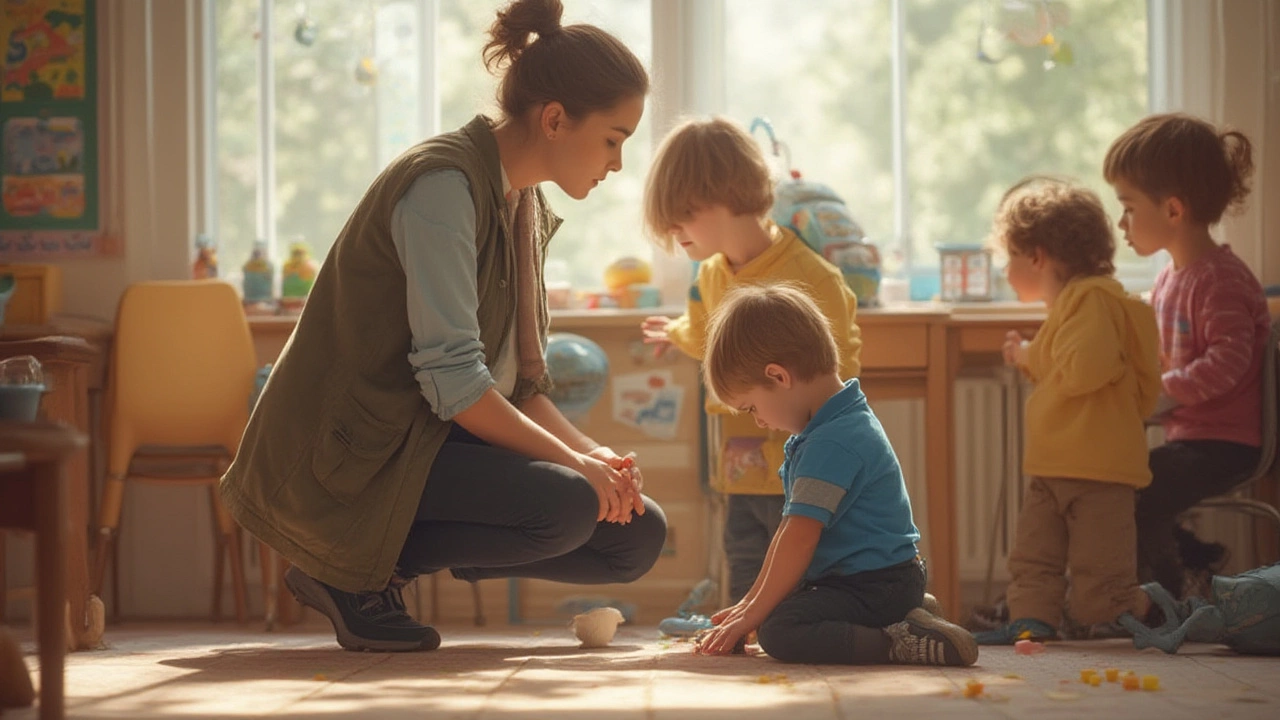Special Needs Behavior: How to Understand and Support It
When a child with special needs shows challenging behavior, it can feel confusing and stressful. The good news is that most of those reactions have a clear reason behind them, and a simple change in how you respond can make a big difference. Below are practical steps you can start using today, whether you’re a teacher, a parent, or a support worker.
Identify the Trigger
First thing to do is to look for what’s causing the behavior. Is the room too noisy? Is the lesson moving too fast? Does the child need a break? Keep a short note of the situation each time the behavior occurs – date, time, what was happening, and how the child was feeling. After a week you’ll start to see patterns, and spotting the trigger becomes easier than guessing.
Once you know the trigger, try to adjust the environment before the behavior happens. For example, a visual schedule can calm a child who gets anxious about what’s next, and a quiet corner can help a kid who is overwhelmed by noise.
Use Clear, Simple Communication
Kids with special needs often react better to short, direct instructions. Instead of a long sentence like “Please put away your books and get ready for the next activity,” break it down: “Put books away. Sit down. Listen.” Pair the words with a visual cue – a picture or hand signal – and give the person a moment to process before expecting a response.
Positive reinforcement works wonders. Catch the child doing something right and praise it right away. A quick “Great job staying in your seat!” or a high‑five is more powerful than a generic “Good work.” Over time the child learns which actions bring positive attention and repeats them.
Don’t forget to model the behavior you want to see. If you want the child to ask for help, demonstrate asking yourself: “I need help with this.” This shows them the exact words and tone to use.
Build Consistency Across Settings
Consistency is key. The strategies you use at school should match what’s happening at home, and vice versa. Talk with the child's parents or caregivers about the triggers you’ve identified and the language you’re using. Agree on a simple set of signals and rewards so the child gets the same message no matter where they are.
Team meetings don’t have to be long formal sessions. A quick weekly check‑in (10 minutes) can keep everyone on the same page and let you tweak approaches before small problems become big ones.
Stay Calm and Flexible
When a behavior spikes, your reaction sets the tone. Take a breath, keep your voice low, and avoid reacting with anger. Children often mirror adult emotions, so a calm response de‑escalates faster than a rushed reprimand.
If a technique isn’t working, try another angle. Some kids respond better to movement breaks, others to sensory tools like fidget toys. The goal isn’t to stick to one method forever; it’s to find what works for that child right now.
Remember, special needs behavior isn’t a problem to be fixed; it’s a signal that something needs to change. By watching, listening, and adjusting, you turn those signals into chances for growth and a smoother day for everyone.






